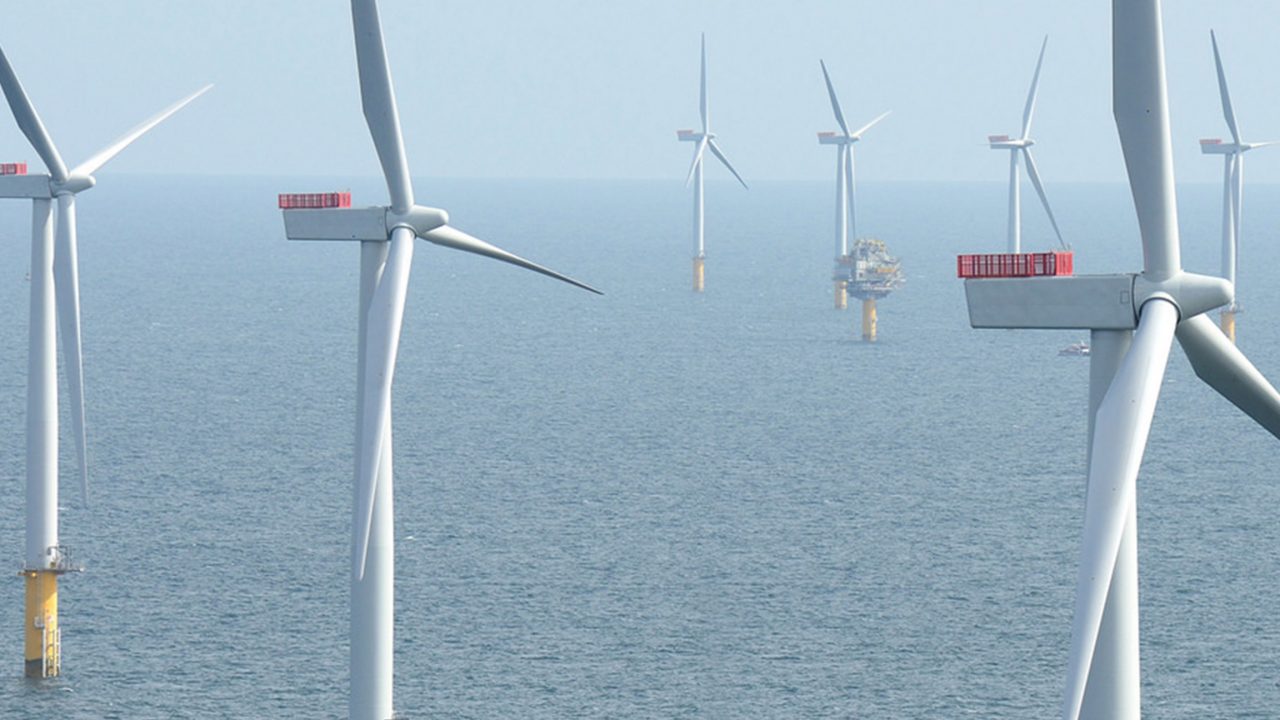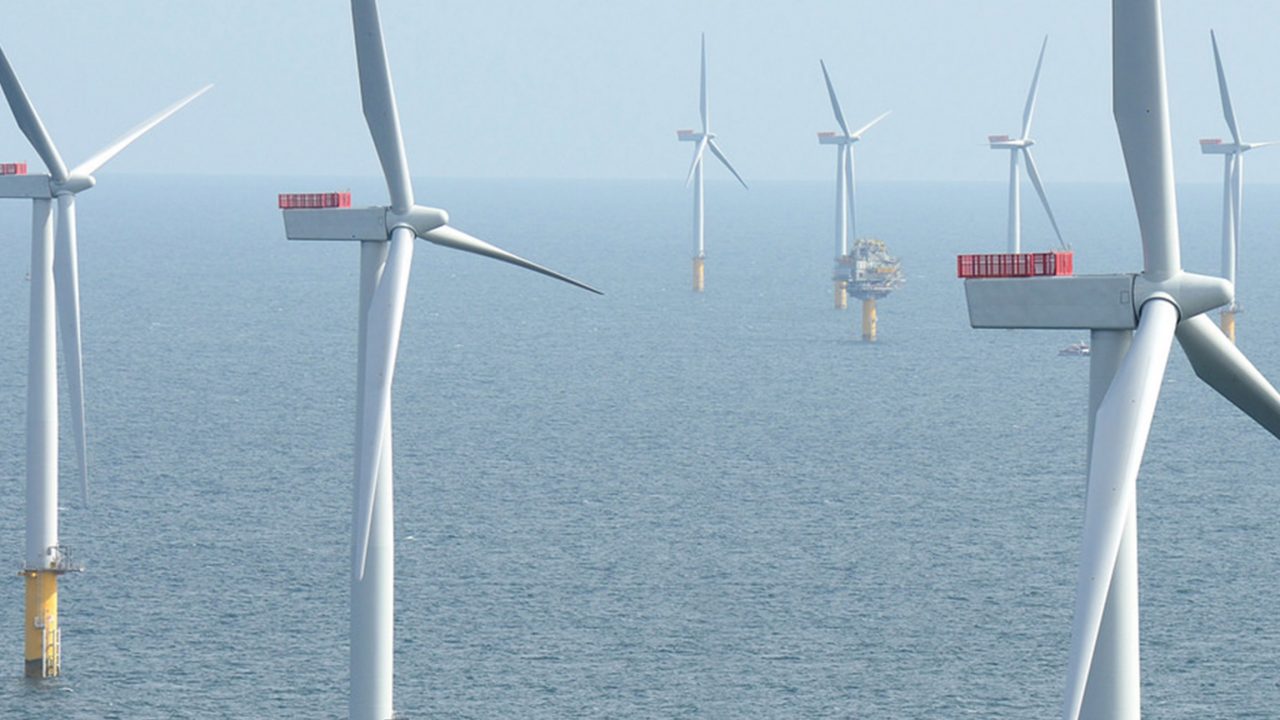

Offshore wind
06 June 2017
This past year has been a landmark 12 months for the offshore wind industry. Transaction volumes reached a record high and competitive tenders across Europe have delivered a succession of ever-lower bid prices, with first the Netherlands then Denmark setting new benchmarks before April’s German auction saw three projects clear with zero-subsidy bids. We have also seen a burgeoning interest in markets outside of Europe, most notably in Taiwan and the East Coast of the United States.
This record of progress and performance augurs well for the future of offshore wind, particularly when you factor in the growing interest in floating turbines – a key technology in the potential globalisation of the industry.
Records show that total transaction volumes for offshore wind were almost US$17bn, including US$12bn of investment in greenfield projects. The UK led the way in greenfield transactions, with US$4bn of investment. Looking at the current pipeline of projects, the UK will contribute the next Contracts for Difference (CfD) auction, Germany and the Netherlands will continue their auction programmes, and the French market is expected finally to move forward.
A combination of factors has begot this strong, enduring growth in offshore wind.
The sector is no longer in its infancy, having entered an early mature stage. It has developed as a marine sector rather than a wind sector, the reverse of which looked to be the case during the early, pioneering days of offshore wind. Therefore, it is no real surprise to see the emergence of companies whose primary focus was previously oil & gas, including Dong Energy and Statoil.
Cost reduction has been a major determinant in garnering support from governments and investors. The levelised cost of energy (LCoE) for offshore wind has fallen steadily over the past four years, with the Offshore Renewable Energy Catapult estimating that projects reaching completion in 2020 will have a 25% lower LCoE than those completed in 2010/11.
A further factor has been the zonal development of offshore wind where significant synergies can be achieved, such as shared operations and maintenance (O&M) facilities. Notwithstanding the encouraging trend, continued reductions to LCoE are crucial to the on-going growth of the sector.
On the technical front, the industry has built a track record of delivering projects through construction, in terms of both cost and timescale, to operations.
Project risks are better understood, while advancement in areas like turbine design – today’s turbines are in the 7-8 MW range, with 10 MW+ versions on the horizon – high-voltage direct current power transmission systems and turbine installation vessels have been crucial in driving down costs.
These positive developments have attracted new equity investors to the offshore wind industry. They can be categorised broadly into five types: utilities; project developers; corporates (particularly the aforementioned oil & gas companies), institutional investors and supply chain companies.
Both utilities and project developers have invested in offshore wind from the outset of the industry, although project developers were only really active in Continental European projects. New corporate equity investors include Enbridge and Northland, while increasing interest from China can also be added to the mix.
The emergence of institutional investors is arguably the most striking development. They are typically risk-averse seekers of long-term predictable cash flows and include pension and insurance funds, infrastructure funds and Japanese trading houses.
They are becoming increasingly comfortable with direct construction and operational risk and are now participating at an earlier stage in project delivery – unthinkable four years ago when this was the sole domain of utilities and project developers.
Commercial banks, export credit agencies and multilateral banks have long supported offshore wind via debt investments. Importantly, these institutions have been willing to take construction risk from the earliest days of the industry. While balance sheet finance remains an important feature of the market, we are seeing increasing opportunities for project (non-recourse) finance and new lenders, including institutional investors.
The continued growth of renewables is now beyond question. We believe that the developments outlined here have put offshore wind on course to play a central role in decarbonising the global economy, perhaps more so than any other green technology.